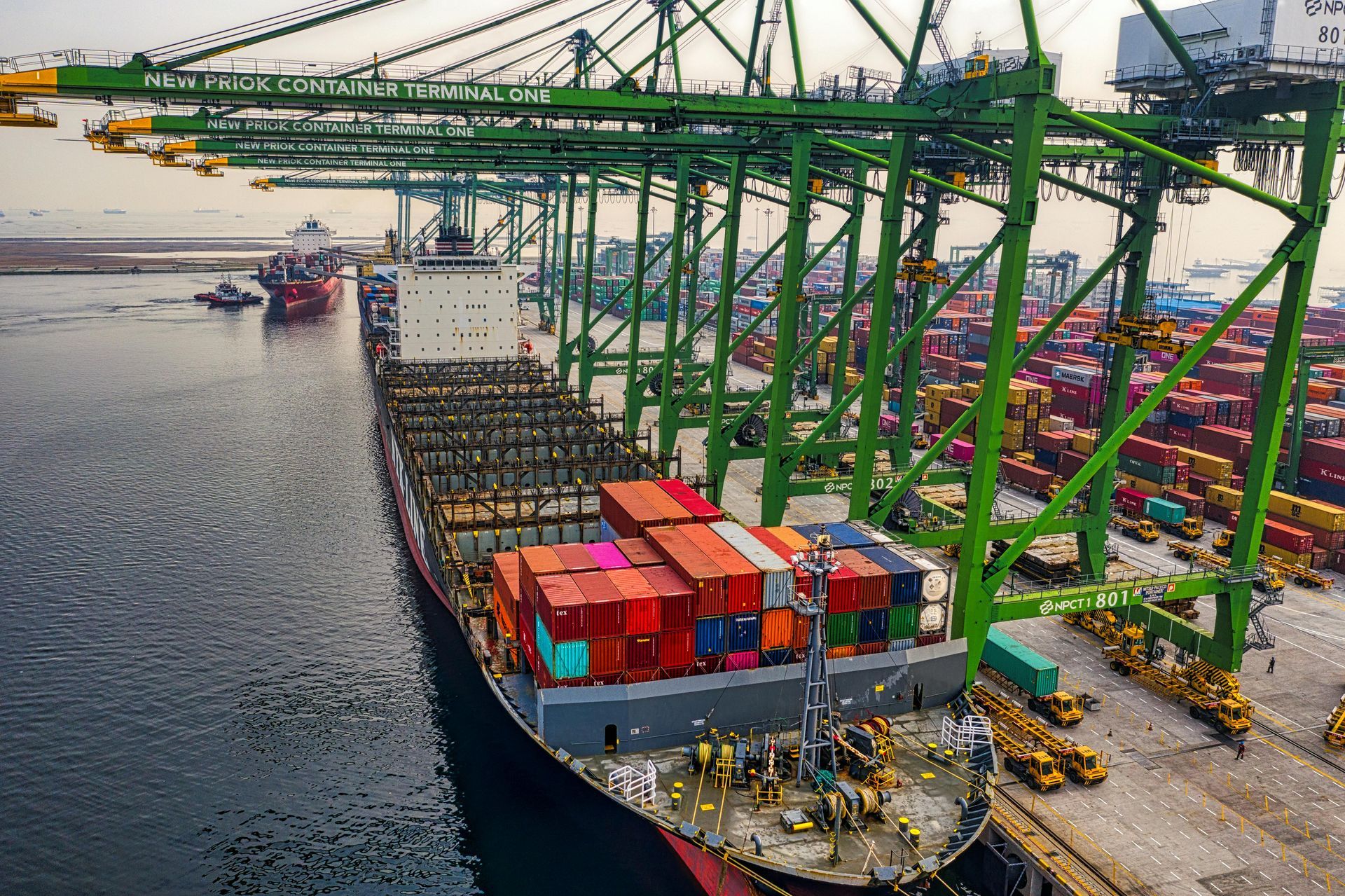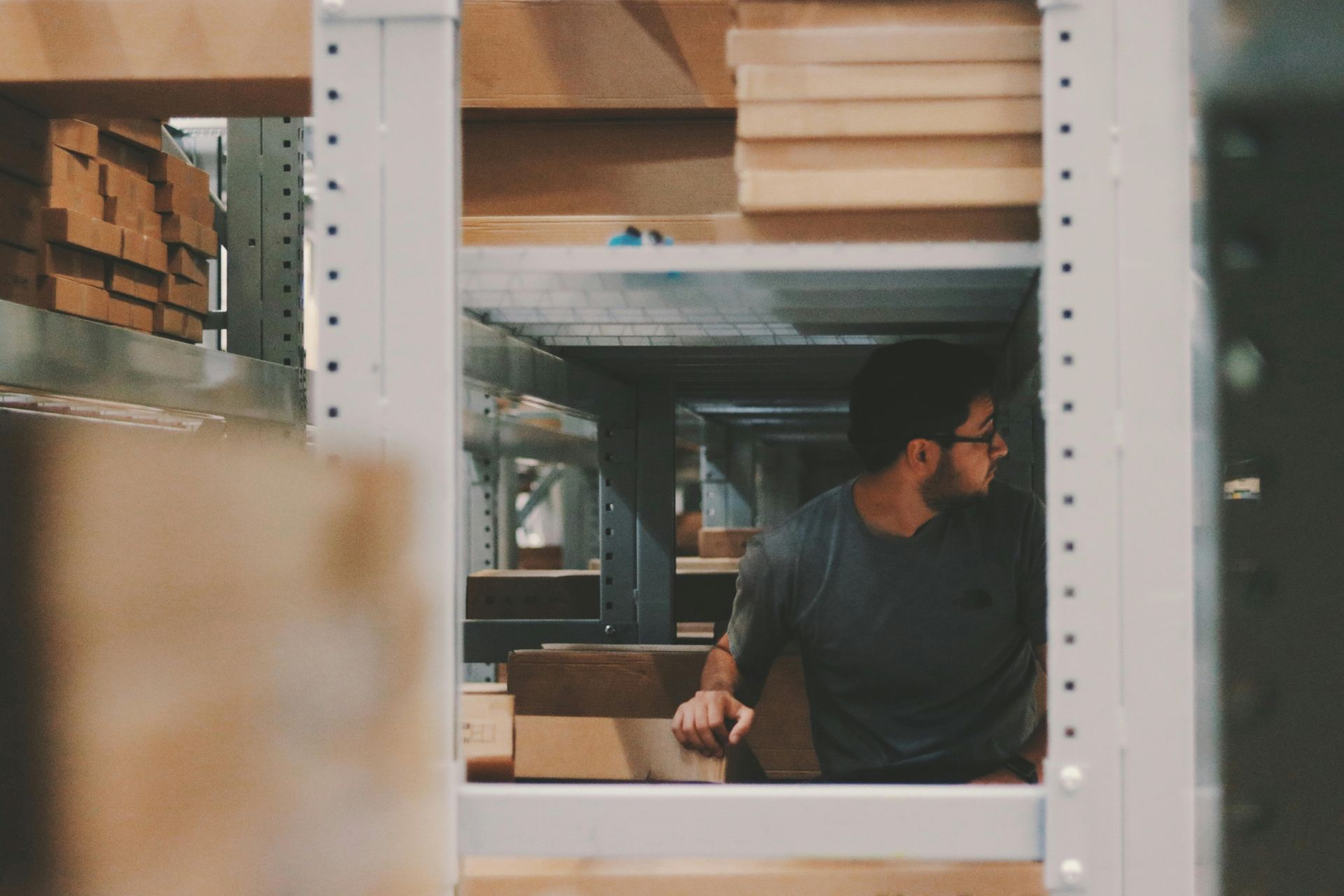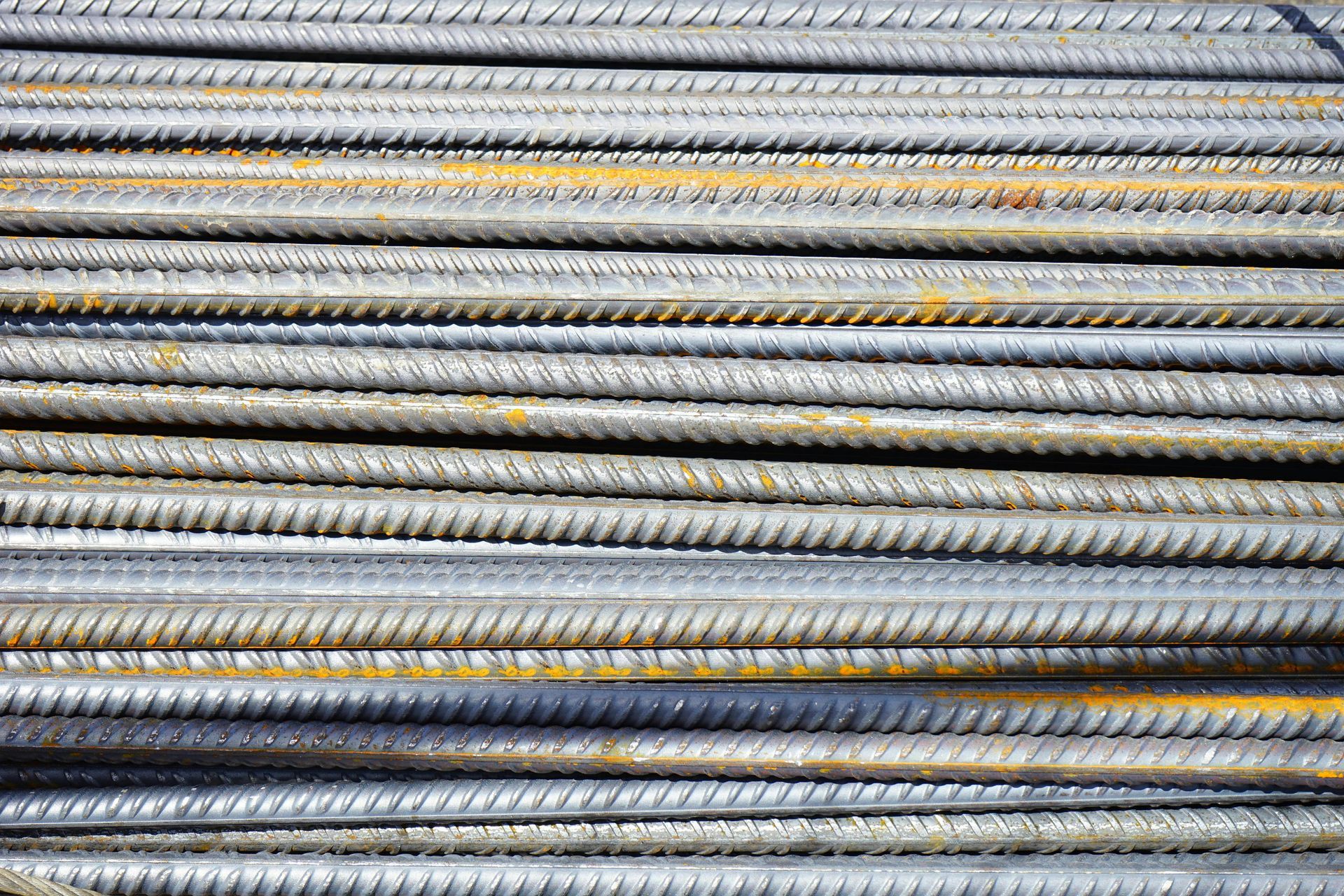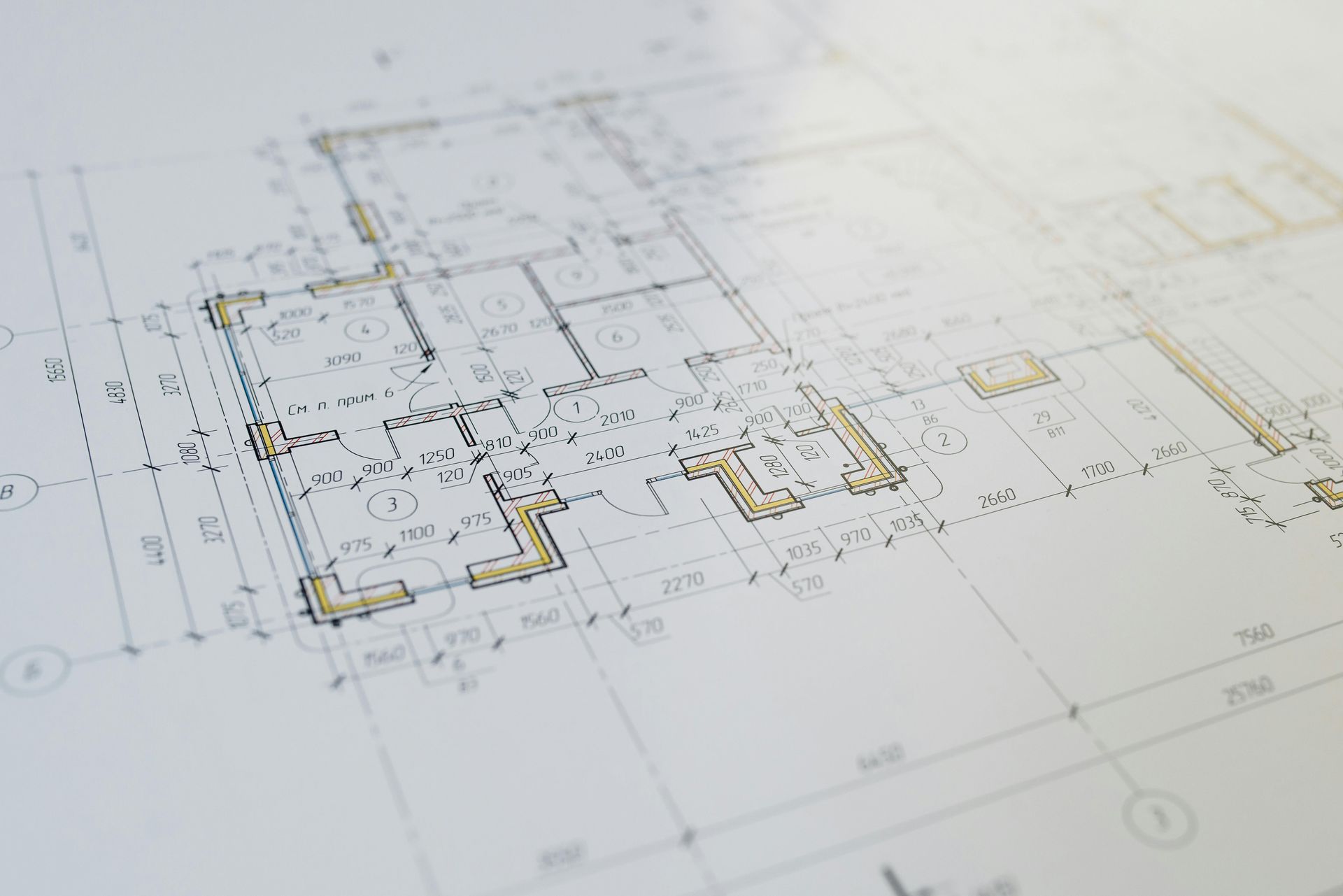The Availability of MDUs: Meeting the Growing Demand for Urban Housing
The demand for urban housing is on the rise, and Multiple Dwelling Units (MDUs) are playing a crucial role in meeting the needs of urban populations. As more people seek the convenience, community, and amenities that city living provides, the availability of MDUs has become a key factor in determining whether urban areas can accommodate growing populations. The availability of MDUs not only influences housing affordability but also affects the quality of life for residents seeking to live in well-designed, vibrant urban environments.
In this blog post, we will discuss the factors affecting the availability of MDUs, the challenges faced by developers, and the strategies needed to ensure that MDUs remain a viable and accessible option for those looking to live in urban settings.
The Growing Demand for Urban Housing
The demand for urban housing has been steadily increasing as people flock to cities in search of job opportunities, lifestyle amenities, and a more connected way of life. MDUs are becoming a preferred housing solution for individuals and families who want to enjoy the benefits of urban living without the challenges of maintaining a single-family home.
- Job Opportunities: Cities are economic hubs that attract people seeking employment opportunities. Proximity to business districts, tech hubs, and corporate centers drives the demand for MDUs, particularly among young professionals who value shorter commutes and convenient access to workplaces. The influx of people into urban areas has created an increasing need for diverse housing options, including MDUs that provide affordable and accessible housing for a variety of income levels.
- Lifestyle Amenities: The urban lifestyle is appealing to many due to the availability of cultural, recreational, and entertainment amenities. The convenience of living close to restaurants, shops, theaters, and parks makes MDUs an attractive choice for those seeking an active social life. Urban centers offer a wide range of amenities that cater to diverse interests, including art galleries, music venues, and trendy cafes, which adds to the allure of MDU living.
- Community Living: MDUs offer a sense of community that many people value. Shared spaces, amenities, and events help foster connections among residents, creating a supportive living environment. The community aspect of MDUs is particularly appealing to individuals and families looking for a sense of belonging in a bustling city. By providing opportunities for social interactions, MDUs help combat the isolation that can sometimes come with urban living, making them a popular choice for those who want to feel part of a larger community.
Factors Affecting MDU Availability
The availability of MDUs is influenced by several factors, including zoning regulations, land availability, construction costs, and market demand. These factors determine whether developers can build enough MDUs to meet the growing need for urban housing.
- Zoning Regulations: Zoning laws and regulations play a significant role in determining where MDUs can be built. In some cities, restrictive zoning codes limit the construction of multi-family housing, making it difficult for developers to increase the availability of MDUs. Relaxing zoning restrictions to allow for higher-density housing is essential for meeting the demand for urban housing. Zoning changes can encourage the development of taller buildings and mixed-use projects, which can increase the number of available units and create more vibrant urban environments.
- Land Availability: The availability of suitable land for MDU construction is a major challenge in densely populated urban areas. Limited land availability and high land costs can make it difficult for developers to acquire sites for new MDU projects. Creative solutions, such as repurposing underutilized commercial properties or building on infill sites, can help address this challenge. Developers are also looking at innovative ways to use smaller parcels of land more efficiently by building vertically or using modular construction techniques to maximize space.
- Construction Costs: Rising construction costs, driven by factors such as labor shortages, material price increases, and supply chain disruptions, can impact the availability of MDUs. High construction costs can make it challenging for developers to build affordable units, limiting the number of MDUs available to middle-income and low-income residents. Addressing these cost challenges requires innovative construction methods, such as modular building and prefabrication, to reduce expenses and make MDU projects more economically viable.
- Market Demand and Affordability: The demand for MDUs varies based on economic conditions, population growth, and affordability. In cities where the cost of living is high, the need for affordable MDUs is critical. Developers must balance the need to build high-quality units with the need to keep prices within reach for a wide range of residents. Policies that support affordable housing, such as inclusionary zoning or subsidies, can help ensure that MDUs are accessible to individuals and families from various economic backgrounds.
Overcoming Challenges to Increase MDU Availability
To meet the growing demand for MDUs and ensure their availability, it is important to address the challenges faced by developers and create supportive policies that promote the construction of multi-family housing.
- Incentives for Developers: Governments can provide incentives to developers to encourage the construction of MDUs. These incentives may include tax breaks, grants, or expedited permitting processes for projects that include affordable housing units. By making MDU development more financially attractive, cities can increase the availability of urban housing. Incentives can also be tied to sustainability requirements, encouraging developers to build energy-efficient and environmentally friendly buildings that benefit both residents and the broader community.
- Mixed-Use Developments: Encouraging mixed-use developments that combine residential, commercial, and retail spaces can help increase the availability of MDUs. Mixed-use projects make efficient use of limited urban land, creating vibrant neighborhoods where residents can live, work, and play without needing to commute long distances. These developments foster a sense of community and provide convenient access to amenities, making them a highly desirable option for urban dwellers.
- Adaptive Reuse of Existing Buildings: Converting underutilized or vacant commercial buildings into MDUs is a creative way to increase housing availability in urban areas. Adaptive reuse projects help revitalize neighborhoods, make efficient use of existing structures, and provide new housing options without the need for extensive new construction. This approach is particularly valuable in cities with a surplus of office or retail space, allowing developers to repurpose these properties to meet the demand for residential units.
- Relaxing Zoning Restrictions: Revisiting zoning regulations to allow for higher-density housing is key to increasing the availability of MDUs. By permitting the construction of taller buildings and reducing restrictions on multi-family housing, cities can accommodate more residents and provide affordable urban housing options. Zoning changes can also encourage the development of accessory dwelling units (ADUs) and micro-units, which offer additional housing choices for those seeking smaller, more affordable living spaces.
The Role of Availability in Housing Affordability
The availability of MDUs has a direct impact on housing affordability in urban areas. When there is a shortage of available units, housing prices tend to rise, making it difficult for many people to find affordable places to live. Increasing the supply of MDUs is crucial for keeping housing costs in check and ensuring that urban living remains accessible to a diverse population.
- Affordable Housing Units: To address affordability, developers can include a portion of affordable units within MDU projects. These units are made available to low- and middle-income households at below-market rates, helping ensure that people from different economic backgrounds can live in urban areas. Affordable housing units can also be funded through public-private partnerships, where governments work with developers to subsidize the cost of building and maintaining these units.
- Preventing Displacement: Increasing the availability of MDUs can help prevent the displacement of long-term residents due to rising housing costs. When there are enough units to meet demand, prices are less likely to escalate rapidly, allowing existing residents to remain in their neighborhoods without being priced out. Preserving the character of established communities and preventing displacement is essential for maintaining diverse and vibrant urban areas.
- Diverse Housing Options: The availability of a wide range of MDU types—such as micro-units, family-sized units, and luxury apartments—ensures that there are housing options for everyone, regardless of their lifestyle or budget. This diversity helps create inclusive urban communities that cater to individuals, young professionals, families, and retirees alike. By offering a variety of unit sizes and configurations, MDUs can meet the needs of different demographics and support a balanced urban population.
Ensuring Long-Term Availability and Sustainability
In addition to addressing immediate challenges, it is important to focus on the long-term availability and sustainability of MDUs. Developers and policymakers must work together to create housing that not only meets current needs but also remains viable for future generations.
- Sustainable Construction Practices: Using sustainable construction practices, such as energy-efficient building materials and renewable energy systems, helps ensure that MDUs are environmentally friendly and affordable to maintain. Sustainable buildings have lower utility costs, making them more affordable for residents in the long run. Green building certifications, such as LEED, can also add value to MDU projects by demonstrating a commitment to environmental responsibility.
- Future-Proofing MDU Developments: Incorporating features that future-proof MDU developments—such as smart home technology, energy storage systems, and flexible floor plans—helps ensure that these units remain desirable and functional for years to come. Future-proofing enhances the long-term availability and attractiveness of MDUs in urban areas. Smart home features, such as automated lighting and climate control, can improve energy efficiency and convenience for residents, while flexible layouts allow units to adapt to changing needs over time.
- Long-Term Planning and Urban Policies: Urban planning policies that prioritize high-density housing, mixed-use developments, and public transportation access are essential for ensuring the long-term availability of MDUs. By integrating housing with transportation and amenities, cities can create sustainable urban environments that support growth and prosperity. Planning for infrastructure improvements, such as expanded transit options and green spaces, also helps enhance the livability of urban areas and supports the long-term success of MDU developments.
Availability as a Cornerstone of Urban Housing
The availability of MDUs is a cornerstone of urban housing, determining whether cities can accommodate growing populations while maintaining affordability and quality of life. By addressing the challenges of zoning, land availability, construction costs, and affordability, developers and policymakers can work together to ensure that MDUs remain a viable option for those seeking urban living.
Increasing the availability of MDUs requires creative solutions, supportive policies, and a commitment to sustainable development. By focusing on these factors, cities can provide the housing needed to support vibrant, diverse, and inclusive urban communities.
Ultimately, the availability of MDUs is about more than just providing enough units to meet demand—it is about creating opportunities for people to thrive in urban environments. By ensuring that MDUs are accessible, affordable, and sustainable, we can build cities that offer a high quality of life for everyone, regardless of their background or economic status.
The path forward requires collaboration among developers, governments, and communities to create innovative housing solutions that address the challenges of urban living. By investing in the availability and sustainability of MDUs, we can create cities that are not only capable of accommodating growth but are also places where people from all walks of life can flourish and build fulfilling lives.









